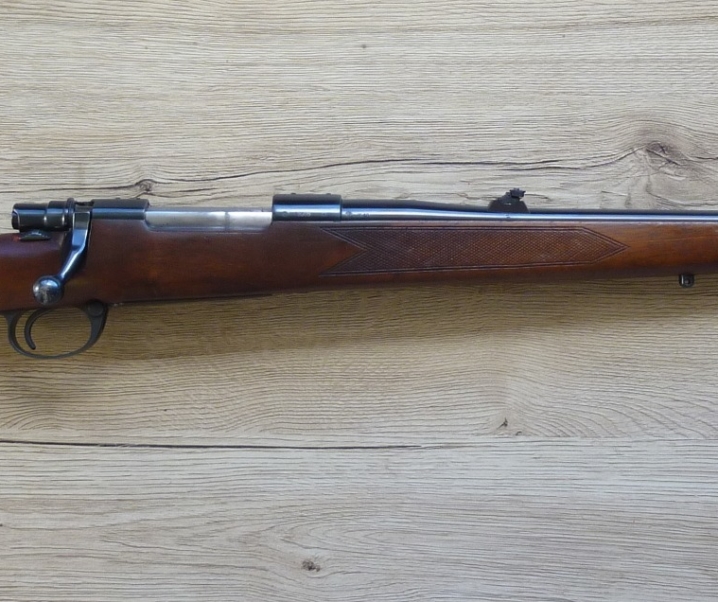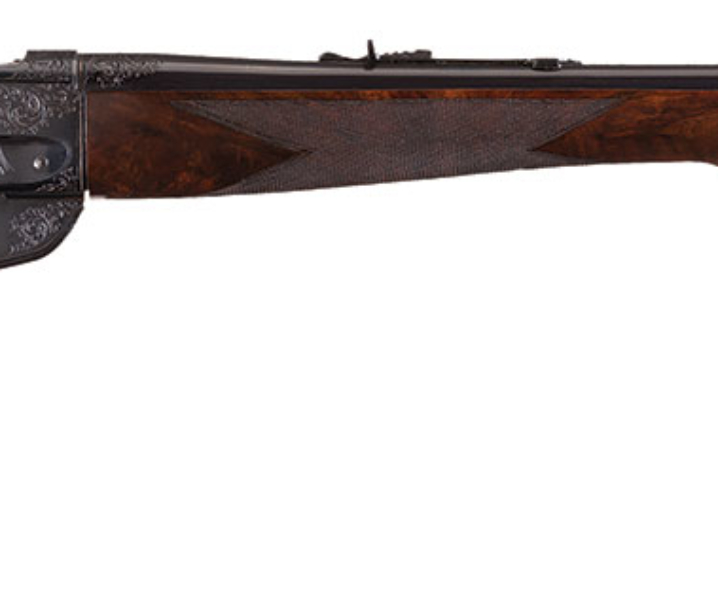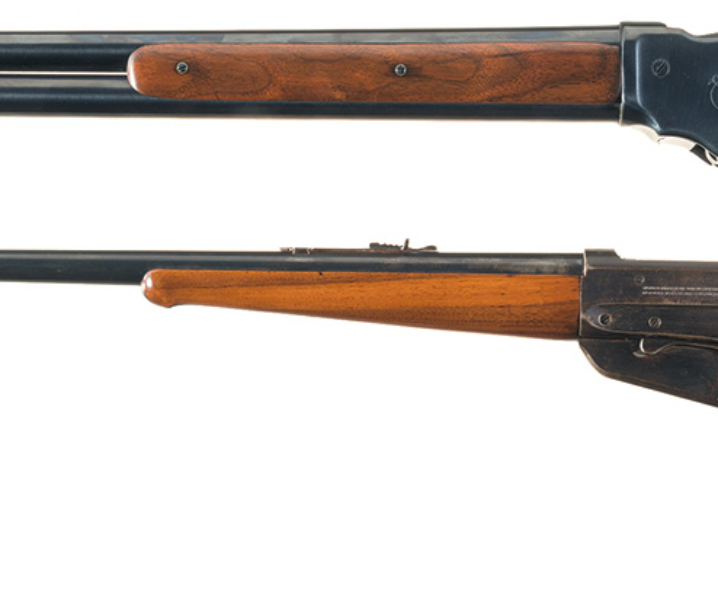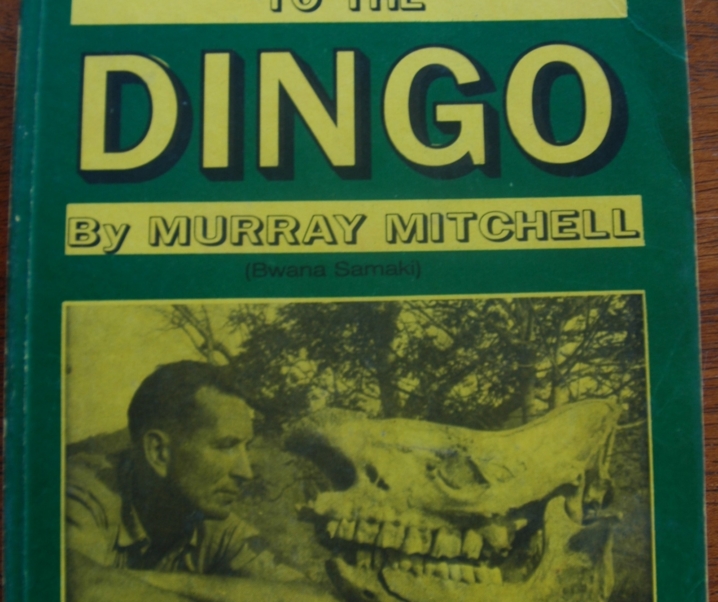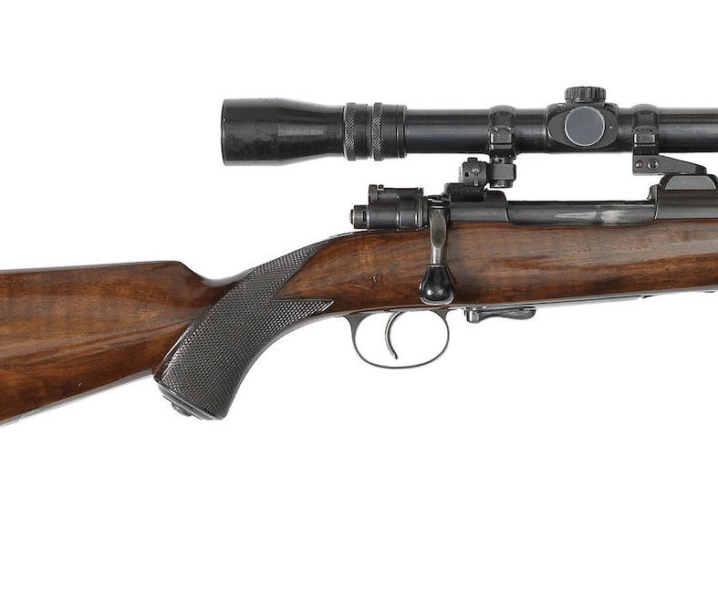The 9.3x74R is a current production and fairly popular cartridge in Europe. The cartridge dates back to about the year 1900 so it has been with us for over a century and shows no signs of becoming obsolete anytime soon. At its best in lightweight double-rifles and combination guns the 9.3x74R packs a substantial punch and is well suited to woods hunting situations.
Fast Facts
- The 9.3x74R is a rimmed cartridge for single-shot and combination guns that was created back around 1900 and which is still popular in Europe.
- The 9.3x74R is a ballistic twin of the 9.3×62 cartridge created in 1905 by Otto Bock.
- Both these cartridges have proven themselves on game from deer and wild boar to large antelope. They have also seen use on dangerous game but must be regarded as at the low end of trustworthiness for such a purpose.
- Rifles and ammunition in 9.3x74R are in current production and quite popular in Europe, especially for the fast moving sport of driven wild boar.
The 9.3x74R was created in about 1900 and is nowadays the rimmed equivalent to the highly respected 9.3×62 bottleneck rimless sporting rifle cartridge which was created by German gunsmith Otto Bock five years later in 1905. These two cartridges use identical bullets and generate near identical ballistics. The difference between them is simply that the 9.3×62 is designed to be a perfect fit for a standard length Mauser bolt action while the 9.3x74R was designed to be a perfect cartridge for double rifles, falling-block and break-action single-shot rifles, and combination guns.
As can be appreciated the perfect design for a repeating rifle cartridge which must be fed from a magazine, and the perfect design for a cartridge which must be manually inserted into the rifle’s chamber, and which must also be easily extracted and ejected from a break-action or falling block rifle, are very different: and as a consequence the design of the 9.3×62 and 9.3x74R are about as different as two cartridges could possibly be.
But, as previously mentioned, the ballistics of the two are near identical.
There were at that time in history quite a plethora of rifle cartridges in 9mm and 9.3mm. For example the German 8x57JS was necked up to create a 9×57, and also a 9.3×57, and the reason for these developments were not simply to provide for hunters in Europe, although eastern Europe provided opportunities to encounter large bears and even Siberian tigers, while western Europe provided large deer including moose, and wild boar.
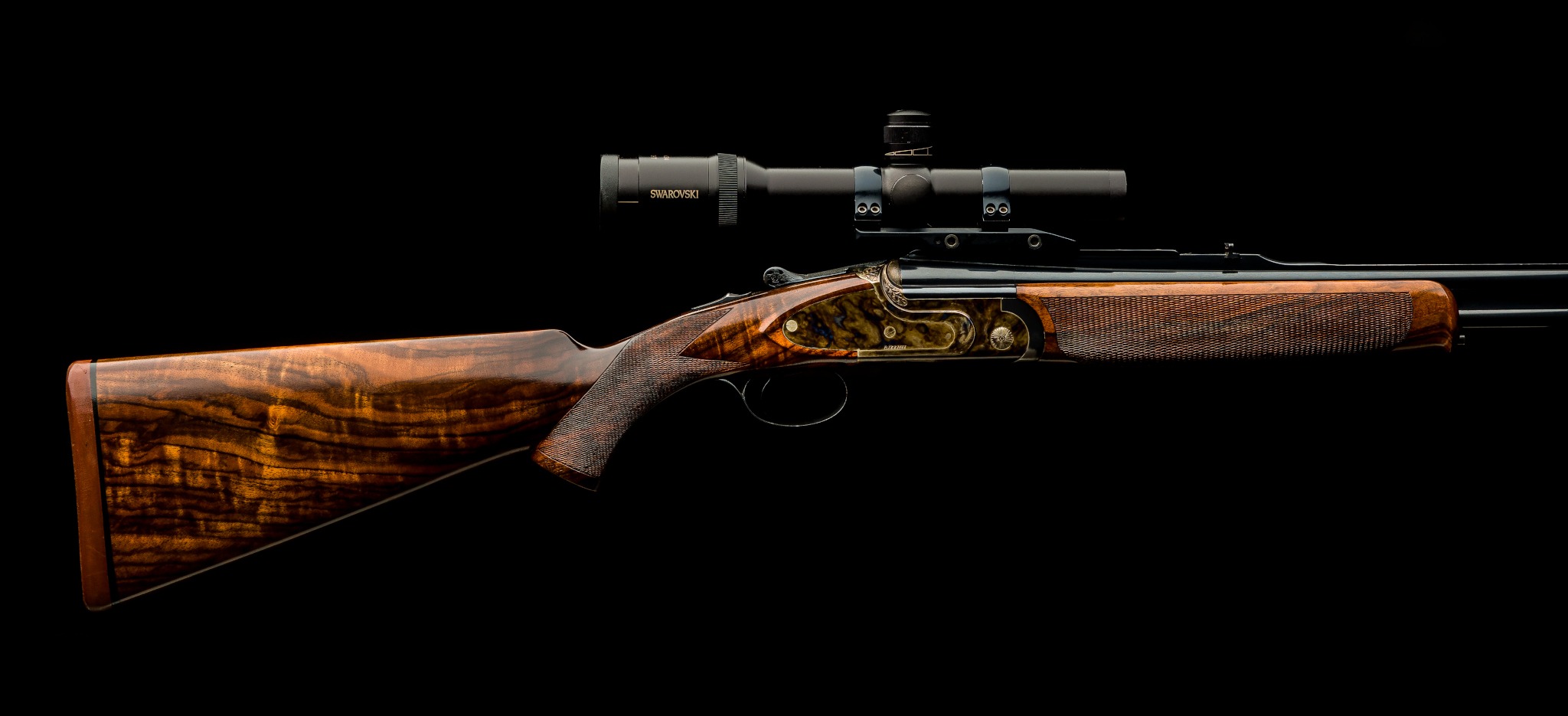
(Note: the sale page for the above pictured rifle can be found if you click here.)
But the driving force for European medium bore cartridges with the power to tackle large game was pretty certainly driven by the needs of hunters, farmers and plantation owners in colonial Africa and Asia. Indeed the first time I encountered rifles in 9.3×62 was in Indonesia back in the days when private ownership of rifles was permitted there.
The 9.3×62 and the 9.3x74R were and are medium bores that sit between the 35 Whelan and the 375 Holland & Holland Magnum which made its debut in 1912, the same year the Titanic made its debut also.
As the 9.3×62 and 9.3x74R in their original loading use a slightly lighter bullet at a bit less velocity than the 375 Holland & Holland Magnum the first advantage they have is that the rifles made for them can be made quite a bit lighter. My own 9.3×62 bolt-action weighs just on 7.5.lb, while the double rifles in 9.3x74R I’ve encountered have been lighter than that tipping the scales around 7.0lb or less. For example the Baikal over/under double rifle is listed as weighing 3.0kg (6lb 10oz).
Recoil for an over/under double rifle in 9.3x74R that weighs less than 7.0lb has to be managed carefully. It is a case of “mount the rifle correctly or it will hurt you“.
For the Baikal I’ve found that the rear of the trigger guard will smack your middle finger, which is not a comfortable experience. So it is necessary to lower your grip on the pistol grip to get your fingers out of harm’s way.

Some shooters install a rubber pad on the trigger guard to mitigate this problem.
Once the shooter learns to manage a light double in 9.3x74R they can be enjoyable and fun to shoot, whilst being light, short and convenient to carry afield. But like any rifle, it is important to spend time shooting your rifle and becoming comfortable with it.
This is not a caliber for a new shooter, especially in a lightweight rifle or combination gun, but if you are comfortable with something like the 30-06 with heavy bullets such as the 220 grain then you should be able to transition to the 9.3x74R without much trouble.
9.3x74R Ballistics and Ammunition
The 9.3x74R in its most common loading drives a 286 grain bullet at a muzzle velocity of approximately 2,330 fps (710 m/sec) depending on barrel length. This loading generates 3,484 ft/lb muzzle energy and momentum of 95 lb-ft/sec.
To put this into perspective the 338 Winchester Magnum with a 250 grain bullet gets a muzzle velocity of 2,660 fps producing muzzle energy of 3,930 ft/lb and momentum of 95 lb-ft/sec.
So the power of the 9.3x74R is very similar to that of the 338 Winchester Magnum with the main difference being it uses a slightly larger diameter and heavier bullet: 286 grain .366″ by comparison with 250 grain .338″.
As another comparison, the 45-70 in modern loadings is considered to be a potent cartridge and is a common choice where large and potentially grumpy creatures might be on the agenda. Hornady list a 325 grain bullet 45-70 loading at 2,050 fps generating 3,034 ft/lb energy and momentum of 95 lb-ft/sec.
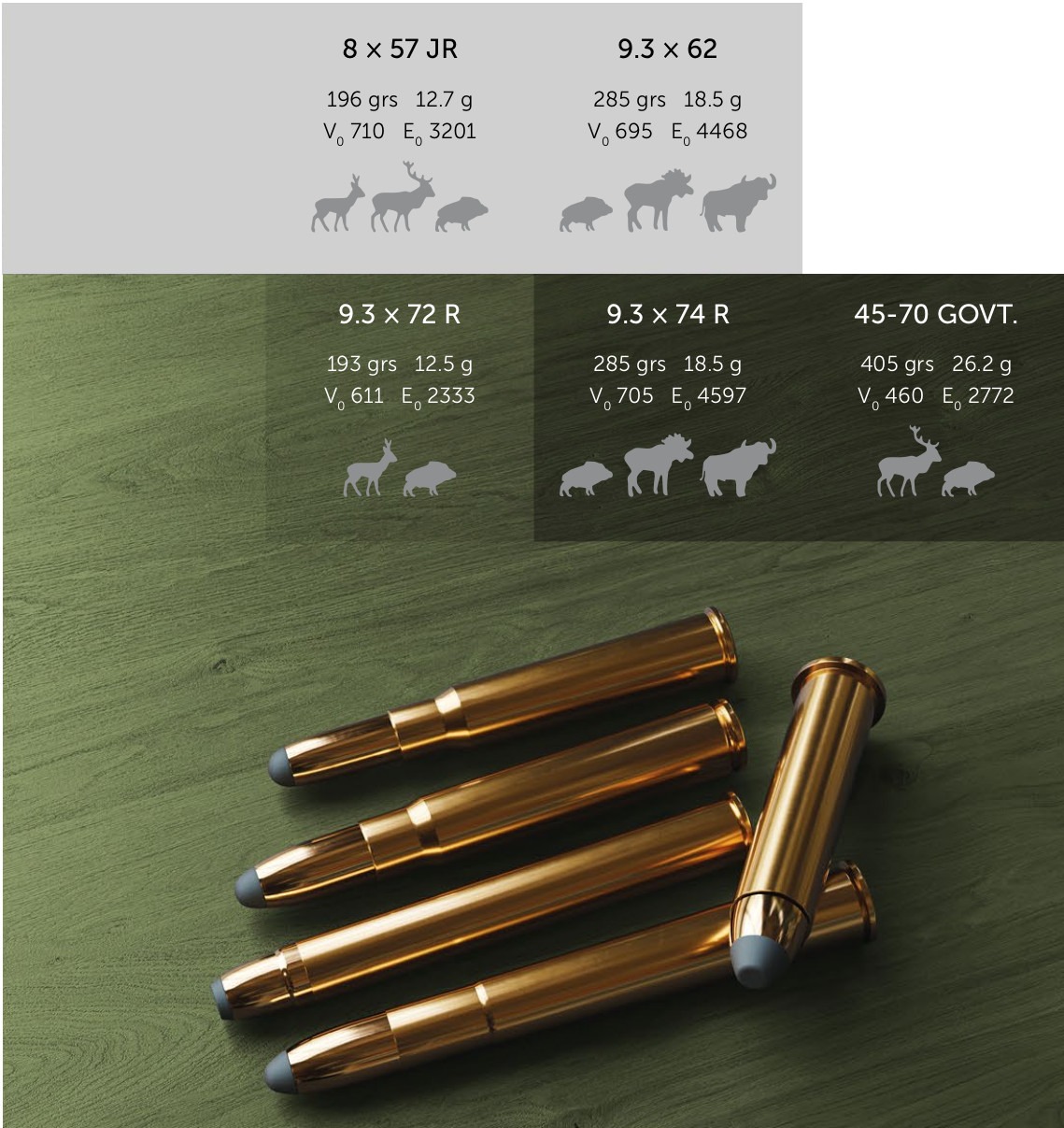
In these comparisons its worth remembering that energy figures heavily favor velocity, whereas the momentum figure, I think, tends to compare bullet weight and velocity in a more balanced way.
The mathematical calculations can of course only serve as an approximate guideline: the bullet design and construction are vital considerations that the math does not take into account.
The 9.3×74 along with its rimless sibling the 9.3×62 were created for use not only in Europe, but globally. These cartridges have been used in Asia and Africa with considerable success. Interestingly Bill Wilson of Wilson Combat fame has as his favorite hunting rifle a Ruger M77 in 9.3×62, and he has used that rifle on African big game.
Another user of the 9.3×62 was Wally Johnson who is referred to as “The last ivory hunter“. Johnson was a professional elephant hunter and he had just two rifles; a Winchester Model 70 in 375 H&H Magnum, and a Mauser in 9.3×62. He favored the 375 H&H but when he was in places where ammo was not available for it he’d use the 9.3×62.
That being said, the 9.3x74R being a ballistic twin of the 9.3.62, and loaded with the same range of bullets, can be considered to be a very capable cartridge. Nonetheless it should be considered at the low end of what might be taken against dangerous game: it is not equivalent to the 375 H&H Magnum which typically drives a 300 grain bullet at a muzzle velocity of 2,530 fps for muzzle energy of 4,265 ft/lb and momentum of 108 lb-ft/sec.
Ammunition for the 9.3x74R is offered by many European manufacturers such as RWS, Norma, Sellier & Bellot, and Prvi Partisan.
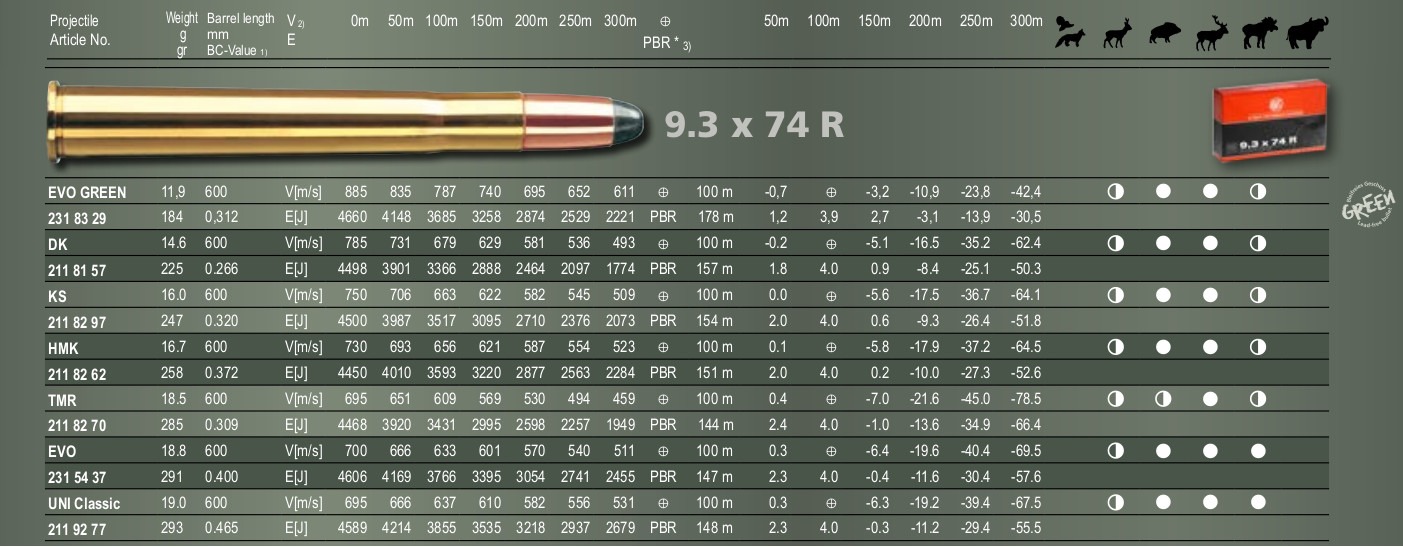
Ammunition for the 9.3x74R is also offered by a number of American manufacturers including Hornady, and Federal who offer the 286 grain Swift A-Frame, and the extraordinary 286 grain Woodleigh Hydro solid.
Available loadings for the 9.3x74R go well beyond the 286 grain loading. For those who intend to shoot at longer ranges there are lighter bullet loadings available which operate at significantly higher velocities.
Norma for example offer a 232 grain Vulkan bullet at a velocity of 2,449 fps (from a 24″ barrel) with a ballistic coefficient of 0.278, making it useful out to around the 200 meter mark depending on wind and weather conditions. The energy for this round is listed as 3,374 ft/lb.
The Norma Vulkan is suited to deer and wild boar.
Another Norma loading with a higher ballistic coefficient is the Tipstrike 255 grain with a muzzle velocity of 2,461 fps and ballistic coefficient of .428. Muzzle energy is 3,428 ft/lb and at 200 yards the energy is a healthy 2,426 ft/lb.
Reloading the 9.3x74R
For those of us who like to “roll our own” there is a good selection of components available as well as dies etc.
The 9.3x74R is listed in quite a number of the popular reloading manuals. The Sierra manual does not include it last time I checked because Sierra do not make a 9.3mm projectile. The Hornady manual does, as does the Woodleigh and Barnes.
Online load data for the 9.3x74R is freely available from Speer, Nosler, Hodgdon and, for those in Australia and New Zealand, ADI.
9.3x74R Rifles
The 9.3x74R is a chambering that one is most likely to go for if buying a rifle for woods hunting of deer or wild boar. It is at its best when used in a light quick handling rifle or combination gun that is wanted as a general purpose rifle.
Perhaps one of the most interesting examples of this is the fact that the World War II M30 Luftwaffe survival drilling combination guns was chambered for the 9.3x74R in its rifle barrel combined with double 12 gauge shotgun barrels.
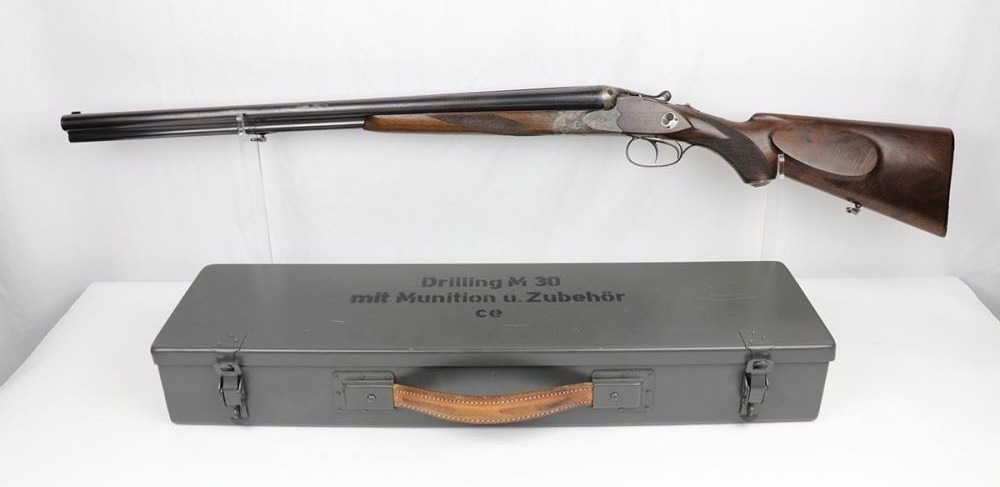
There have been, and there still are, quite a number of rifles and combination guns made in 9.3x74R ranging in price from the inexpensive and utilitarian Baikal up through various European makers such as Blaser, and from there up into the heady heights of custom guns made by such people as Fuchs Fine Guns, or the British bespoke makers. You may well come across an extraordinarily nice rifle or combination gun at a more affordable price in 9.3x74R simply because the caliber is less well known outside of Europe.
So scanning the various gun sale and auction sites is one way of finding a used gun at a potentially affordable price.
One of the many good examples of a current production modern classic combination gun that can be had in 9.3x74R is the Blaser Drilling D99.
This drilling is a little different to the older style drillings in that its shotgun barrels are set below its rifle barrel. This puts the open sites, and optical sites if fitted, low and directly over the rifle barrel, which is floating in the interests of achieving good and consistent accuracy.
The shotgun barrels are chambered for 20 gauge 76 mm.
Blaser offer their lightweight break-action single-shot K95 range of rifles in 9.3x74R which would be a very light and pleasant rifle to take on potentially arduous hikes yet packs the power to tackle most anything you might encounter.
Perhaps the most unusual type of rifle to be found in Germany is the “Bergstutzen” or “mountain rifle” which is an over-under double rifle that combines a heavy caliber lower barrel with a light caliber upper barrel. So that heavy caliber lower barrel can be a 9.3x74R.

There have been many rifles made in 9.3x74R, including the American Ruger No.1 which was made in the caliber for a while. Among the more desirable is the Beretta Silver Sable over-under double rifle.
Among the makers to visit if in the market for a high end rifle is Chapuis who make some quite beautiful rifles and guns.
The 9.3x74R is by no means obsolete but it is popular in Europe and likely to have a bright future while there are traditional hunters who appreciate classic sporting rifles and combination guns.
If you have one hopefully you are able to enjoy using it regularly. And if you don’t have one yet but think that a 9.3x74R would be a great rifle to own and use, then you have a great range of rifles to choose from starting with the humble Baikal and working up from there.
Lightweight, fast handling, and packing a very substantial punch, this is a rifle caliber worth discovering.
Picture Credits: Feature image at the head of this post courtesy Federal. All others as individually credited.

Jon Branch is the founder and senior editor of Revivaler and has written a significant number of articles for various publications including official Buying Guides for eBay, classic car articles for Hagerty, magazine articles for both the Australian Shooters Journal and the Australian Shooter, and he’s a long time contributor to Silodrome.
Jon has done radio, television, magazine and newspaper interviews on various issues, and has traveled extensively, having lived in Britain, Australia, China and Hong Kong. His travels have taken him to Indonesia, Israel, Italy, Japan and a number of other countries. He has studied the Japanese sword arts and has a long history of involvement in the shooting sports, which has included authoring submissions to government on various firearms related issues and assisting in the design and establishment of shooting ranges.




